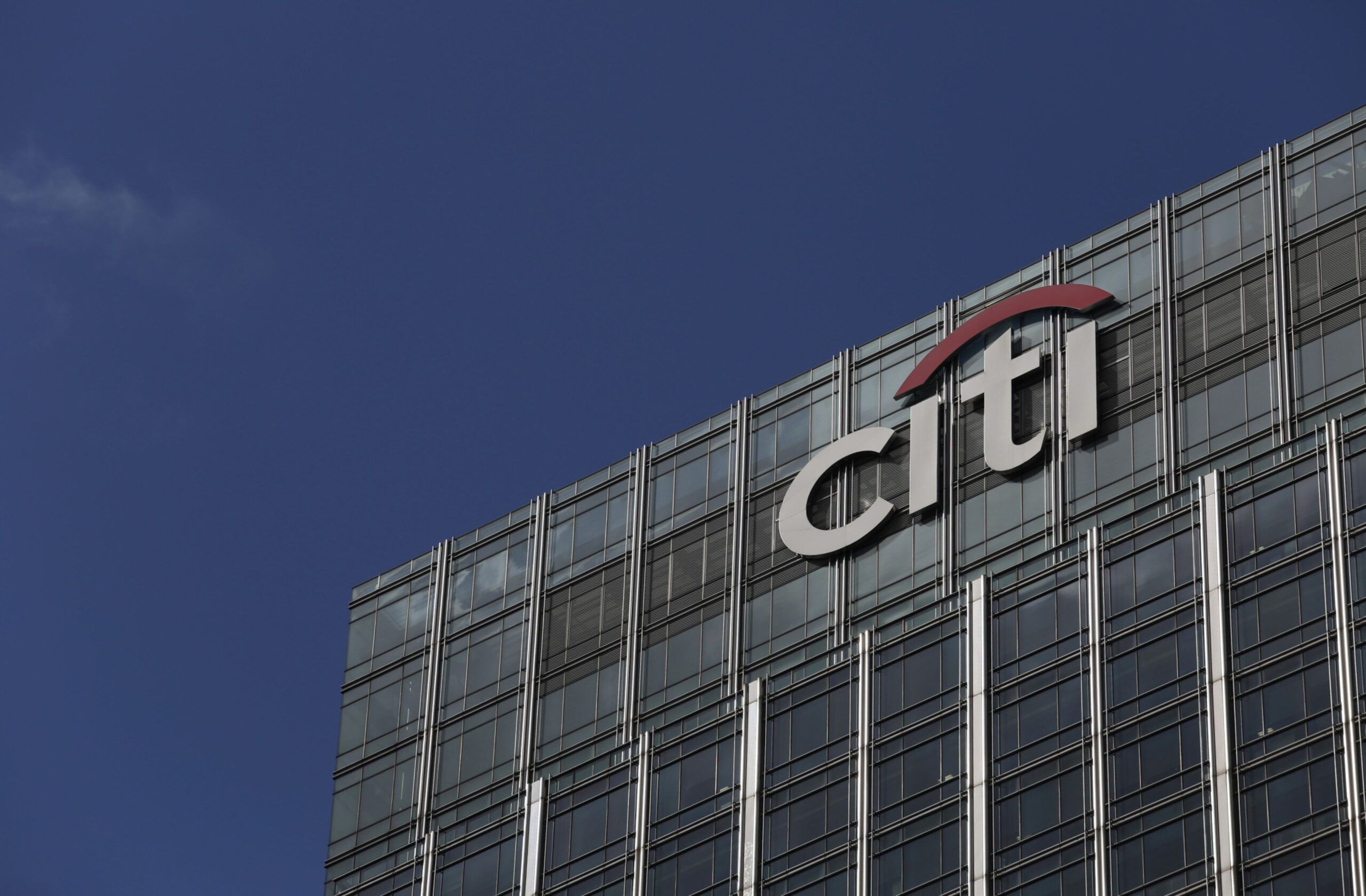Better believe it: Fed will raise rates
Though previous consensus forecasts turned out to be wrong, a rate hike is all but certain
Fear of rising interest rates certainly has been a prevalent outlook for each of the past five or six years. The pattern is now frustratingly familiar: quarterly growth rates and economic momentum surge at the end of the year.
Suffering from the greatest of faults in forecasting — extrapolation — the consensus expects this momentum to continue, providing the key fundamental rationale justifying an outlook for higher interest rates. We know this history well, as we have contributed to it.
The Federal Reserve does its part in contributing to this narrative by supplying a palliative year-ahead forecast for growth. And year after year, this rosy outlook is interrupted by a weak first-quarter growth outcome that throws the entire year’s forecast off its bearings.
Though the growth rate reverses itself by the second half of the year, the resulting damage lowers the full-year growth trajectory. But over the years, this pattern also has lessened the Fed’s confidence in its own economic assessments and willingness to contemplate raising interest rates over fears of continuing to overstate growth.
DISINFLATION FEARS
The start of 2015 followed this pattern. Though the consensus (ourselves included) held out higher interest rates for the year ahead, the start of the year jumped off right where 2014 ended: continued lower global interest rates following fears of worldwide disinflation (falling prices).
Though mainly fueled by falling oil prices, what economically should have been considered a transitory factor became the critical factor as disinflation (and related fear of deflation) led the European Central Bank into the expansion of its policy support through quantitative easing. This, in turn, fueled lower bond yields globally.
Then, almost according to script, the data turned better. Surprisingly, they did so first in Europe, then in the U.S. And global bond yields followed higher. Though recent risk events in Greece led to “risk off” and lower interest rates, the apparently (at least at the time of this writing) successful “can kick” of the Greek problem yet again appears to have alleviated such concerns for now, leading to higher rates and return of investors’ focus to the economic fundamentals.
And that leads to the expectation of rising rates, recently reinforced by Fed Chairwoman Janet Yellen in her semiannual monetary report to Congress. Again she intoned: “If the economy evolves as we expect, economic conditions likely would make it appropriate at some point this year to raise the federal funds rate target, thereby beginning to normalize the stance of monetary policy.”
But the bond market response was lower — not higher — rates that day. That bond market yields went lower when the Fed said it would be raising rates later this year reflects that fact that such a notion has not just crossed everyone’s mind. The Fed has been saying it, bond strategists (aka yours truly) have been saying it and even your distant relatives have been asking about it. So once the Fed does decide to raise rates finally — and we still maintain that September will bring that un-momentous event — should anyone be surprised?
SHORT-MATURITY BONDS
Well, possibly. And that remains one of the Fed’s principal concerns, and why they keep telling you that they plan to raise rates. What residual concerns we have center on the aspect of the bond market most vulnerable to “liftoff.” A repricing of Federal Reserve policy expectations tends to affect shorter-maturity bonds (say, two years to five years in maturity) greater than other areas of the yield curve, due to their greater sensitivity to Fed policy rates.
But it is not whether the Fed raises rates that matters, but rather in what kind of economic environment this occurs. Weak data and concerns over “foreign developments” will not be the circumstances under which we see the Fed act. Rather, the data will be positive and the backdrop supportive. While the prospects of a repeat of “taper tantrum” circa 2013 seem remote — the surprise factor this time around is decidedly missing — the impact to the front end of the curve keeps us cautious there.
But intermediate maturity rates should perform better and indeed already stand close to our year-end forecast of 2.5% for the10-year, implying a lower degree of interest rate rises for this segment once the Fed does finally lift off. We continue to expect the relative (i.e., adjusted for differences in duration) outperformance of this segment of the yield curve vs. shorter-maturity or longer-maturity alternatives.
Jeffrey Rosenberg is chief investment strategist for fixed income at BlackRock Inc.
Learn more about reprints and licensing for this article.



